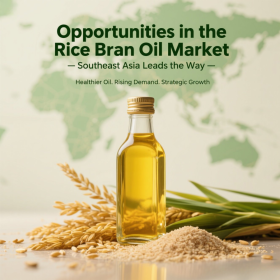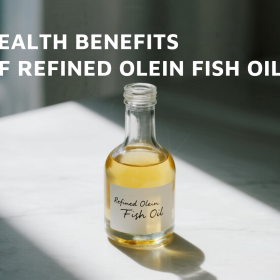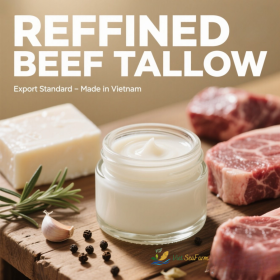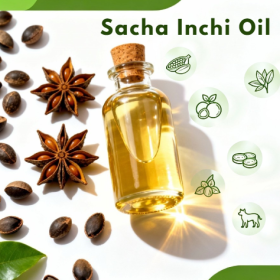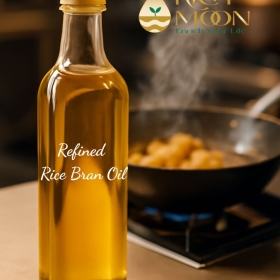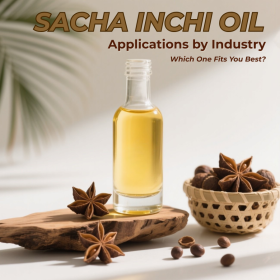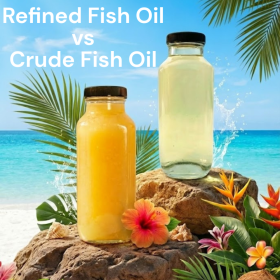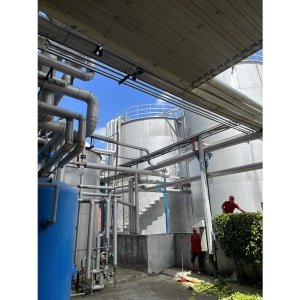WORLD MARKET AND FORECAST OF COOKING OIL (PART 1)
1. Market size and growth rate
1.1. Market size and characteristics as of February 2023
The cooking oil market (or cooking oil for short) includes vegetable oil and animal oils and fats. In which, vegetable oil currently accounts for a large proportion and is increasingly diversifying its raw material sources. Vegetable oils are natural oils extracted from seeds, nuts and fruits, serving as a source of nutrients for humans and as raw materials for a number of industries.

According to Statista's latest updated data in February 2023, vegetable oil production in the 2021/22 crop year exceeded 200 million tons worldwide. Among the main vegetable oils, palm oil has the highest output, reaching 73.83 million tons.
Cooking oil consumption has increased in developing countries to meet the demand for fried foods. Recently, with the recommendations of health authorities, cooking oil manufacturers have focused more on applying advanced processing technologies to provide healthy cooking oil that is reasonable in price and method. packaging and usage. Not only serving family meals and fast food stores such as KFC, McDonald's, Jollibee, the global cooking oil market is also forecast to grow significantly due to the processing industry. Processing food using cooking oil is an important ingredient.
Some other factors driving the market are increasing retail growth, modern distribution channels and advancements in the agricultural industry as well as technology to extract cooking oil from crops.
International and national programs aimed at increasing awareness of health benefits among people and reducing consumption of non-fat oils have also had a major impact on the cooking oil market. People tend to choose more olive oil and canola oil, from the food industry that will drive the cooking oil market in the coming year. Consumers are also increasing their demand for fatty acid-free oils.
The global vegetable oil market is being driven by growing consumption in emerging economies such as China and India, due to a combination of factors such as growing population, changing diets. and higher standard of living. Edible oil imports into these countries are also continuously increasing, creating more momentum for the global edible oil trade.

On the production side, the supply of vegetable oils depends on the production of perennial tropical oil crops such as oil palm and oilseeds. Indonesia and Malaysia account for more than a third of total production, with Indonesia being the leading producer globally.
Global oilseed production fell by nearly 6 million tons in 2022, mainly due to reduced soybean production in Argentina and Ukraine and Russian sunflower production.
Soybean exports are lower than canola exports from Canada and Australia. Total vegetable oil production remained unchanged and sunflower oil export prices increased.
More than half of all food oils produced globally come from crushing soybeans and other oilseeds. Feedstock applications for biodiesel have declined in recent years compared to the last decade when new biofuel policies were introduced. However, bio-oil is still expected to see annual growth of 0.3% per year over the next five years. Declining use of oilseed crops in biodiesel production in the United States and the European Union is offset by increased use in this sector by emerging countries such as Argentina. Argentina exports more than 40% of the biodiesel it produces and is expected to use nearly three-quarters of domestically produced products as feedstock for biodiesel over the forecast period. In Indonesia and Brazil as well, application development in the biodiesel sector will go beyond the food sector.
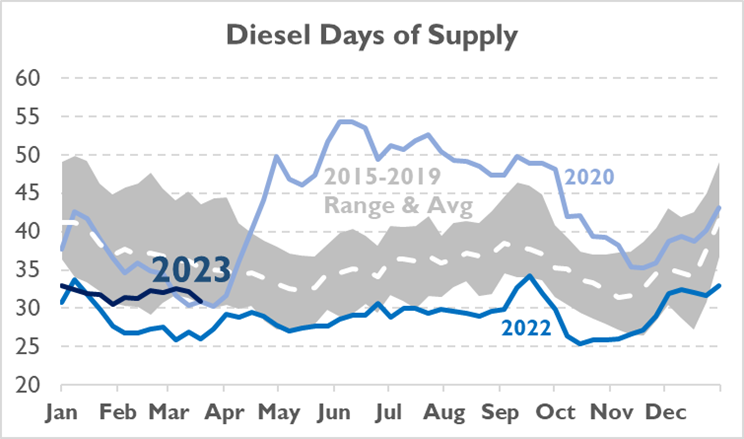
Vegetable oil market structure by oil type:
The global vegetable oil market is increasingly diverse in types, but up to now there are still main types such as palm oil, soybean oil, canola oil, sunflower oil, olive oil, corn oil, peanut oil (peanut oil). ), coconut oil and others.
The Palm Oil segment holds the largest market share. This is mainly due to low palm oil prices. Additionally, palm oil is produced from plant seeds and helps improve eyesight, protect against cardiovascular diseases and promote hair growth, all of which boost the demand for palm oil triglycerides and promote increased market leader.
The role of Soybean Oil is expected to continue to strengthen as the oil used in cooking, has a hydrogenation process, which helps extend shelf life and contribute to the growth of the segment.
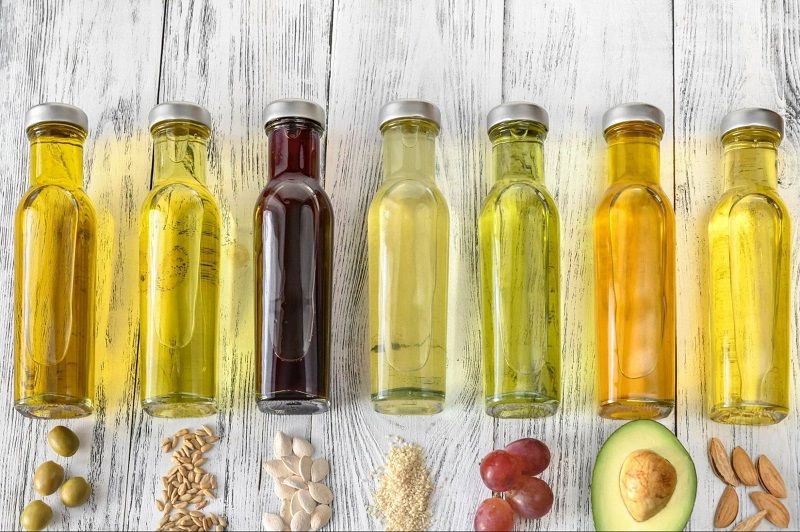
Mobile: (+84) 869 837 181 (WhatsApp, Wechat,...)
Email: info@vietseafarm.com.vn
Tel: (+84) 903 354 981 Fax: (+84) 903 354 981

Views: 1802

